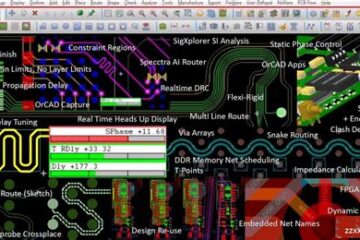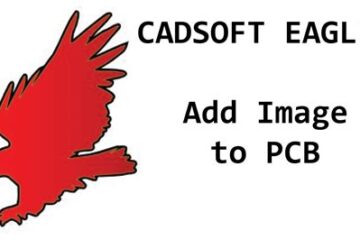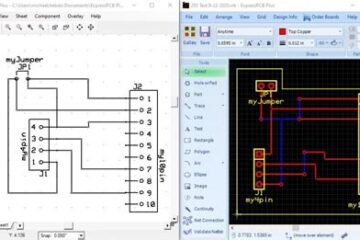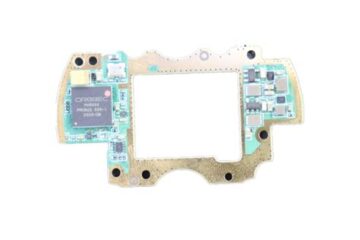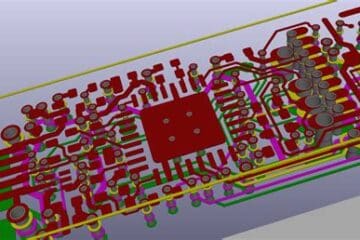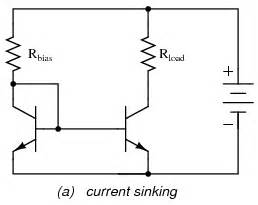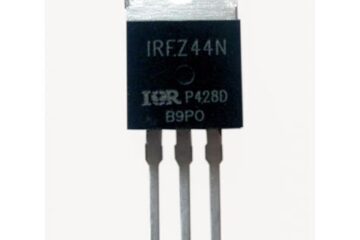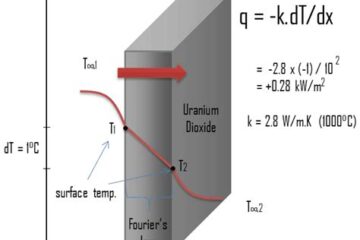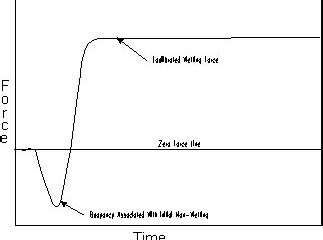PCBA
PCB Design Companies that use Cadence Allegro
Introduction to PCB Design and Cadence Allegro Printed Circuit Board (PCB) design is a crucial aspect of electronic product development. It involves creating the layout and routing of electronic components on a board to ensure optimal performance, reliability, and manufacturability. PCB design requires specialized software tools to efficiently create complex Read more…
